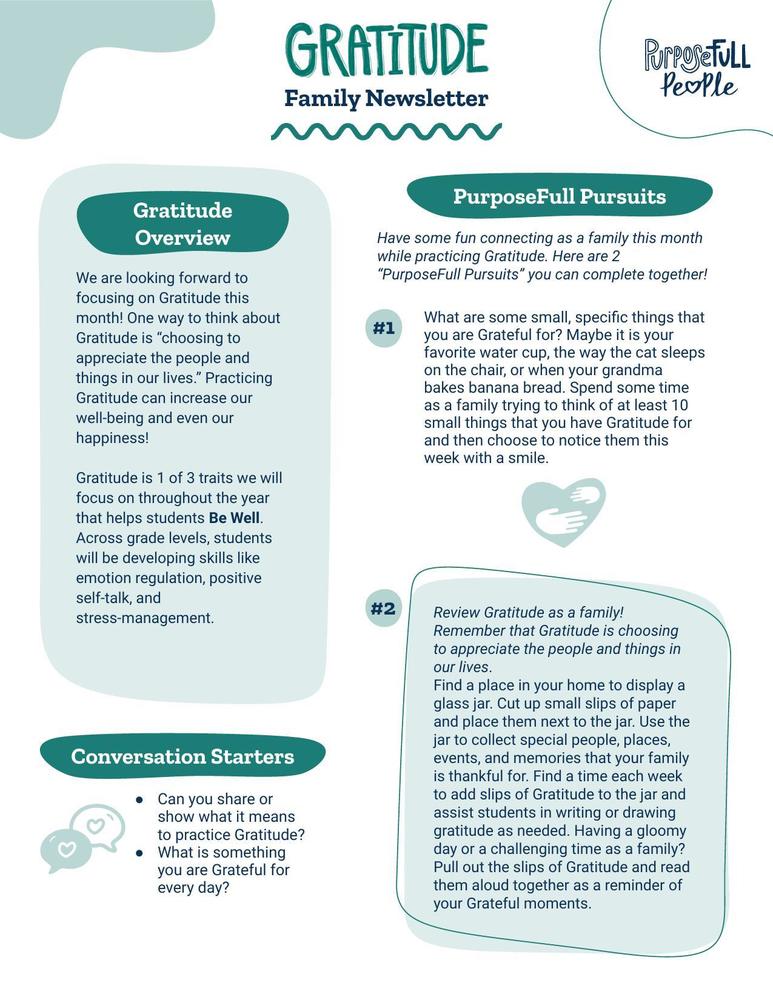Gratitude can be as easy as:
1. Using polite and sincere language:
Saying "Please" and "Thank You": This is the foundation. It shows a basic understanding of manners. However, true gratitude goes beyond a rote response.
Adding Specificity: A truly grateful child will say, "Thank you for the book; I can't wait to read it!" instead of just "Thank you." This shows they've paid attention and value the gift or gesture.
Expressing It in Different Ways: Gratitude can be shown with a genuine smile, a hug, a high-five, or even a drawing. It's about communicating appreciation in a way that feels natural to the child.
2. Acknowledging the Effort of Others:
Thanking People Beyond Family: This includes thanking a bus driver, a teacher, a crossing guard, a librarian, or a server at a restaurant. It demonstrates an awareness of the people who make their lives better in small ways.
Recognizing Sacrifices: A child who is grateful might understand that a grandparent drove a long way to see them, or that a parent worked hard to buy them a new toy. They can see the effort behind the action.
Noticing and Appreciating Acts of Kindness: This can be as simple as a classmate sharing a crayon or a friend inviting them to play. They see and value these small, kind gestures.

